To promote domestic tourism and exhibit the country’s scenic beauty attractions, Kenya’s government has declared 28th September 2024 as a free entry to all the national parks and game reserves for all Kenyan citizens.
This was revealed by the Tourism and Wildlife Cabinet secretary, Rebecca Miano, during the unveiling of the initiative that falls in with the UN World Tourism Week celebrations. KWS urged Kenyans to embrace the beauty of the country, exposing the diverse wildlife and gorgeous views that Kenya, has to offer as a leading safari destination.
Promoting Domestic Tourism and National Pride
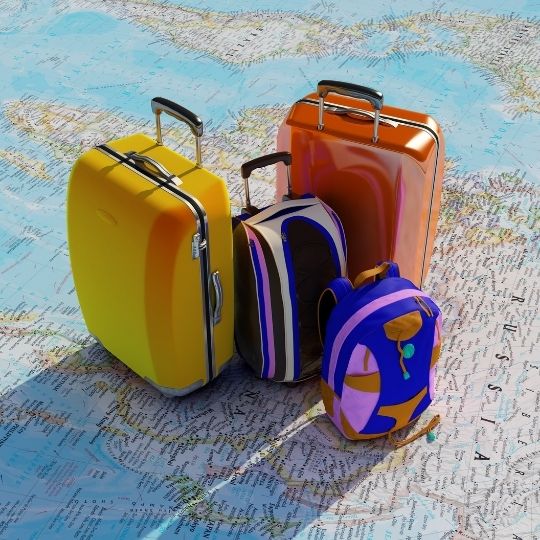
Kenyan national parks and reserves boast numerous and diverse wildlife, including the Big Five: lions, elephants, leopards, rhinoceroses, and buffaloes. From the infinite Acacia-wooded savannah plains of Mara to the forest-fringed peak of Mount Kenya, such conservation comprehensively grants visitors a chance to view the finest of nature as it prevails.
CS Miano outlined the importance of this opportunity while speaking at the event, which was driven in honor of World Rhino Day at a Sereolipi School in Samburu County.
She urged Kenyans to come out and witness what our parks and reserves have to offer because this is a rare opportunity to explore what their country offers.
World Tourism Day 2024: Fostering Peace Through Travel
The theme for this year’s observed UN World Tourism Day is quite stressing as it looks at the sector’s potential for advocating for peace, tolerance, and forgiveness across the world. The theme is named “Tourism and Peace” and points out the effective relation between travel and peace.
One government initiative that fits this plan is Kenya’s decision to open its parks for free to its citizens. Through the promotion of interterritorial tourism, the government is promoting nationalism by pointing Kenyans to discover their own country, with emphasis being placed on the hospitable Kenyan people as a selling point to foreigners.
Kenya’s Commitment to Wildlife Conservation
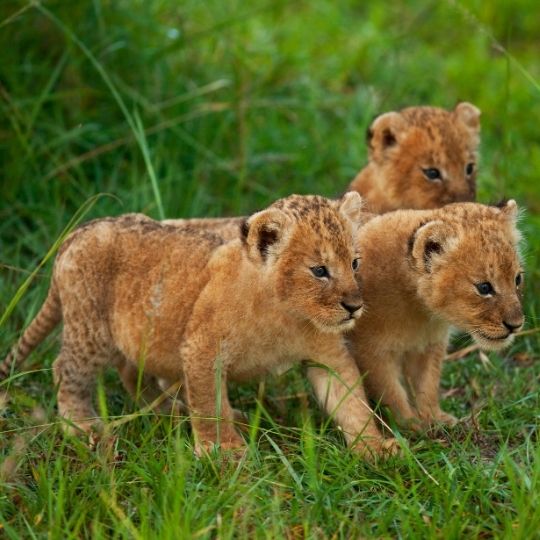
It is not only restricted to tourism but will also focus on promoting Kenya’s persistent efforts to protect wildlife. Utilizing the opportunity, CS Miano demonstrated Kenyans’ preparedness to protect all kinds of wildlife, particularly rhinos.
Rhino Conservation Success Story
In recent decades, Kenya has achieved great progress in protecting rhinos. Considering that in 1989, the number of rhinos in this country was less than 400, the current figure for 2022 is truly impressive – 1,890 rhinos. This includes:
- 966 black rhinos
- 922 white rhinos
- 2 northern white rhinos
These numbers rank Kenya third in the world in black rhino numbers, behind South Africa and Namibia. The success results from numerous rhino recovery action plans and other unique conservation strategies.
Planning Your Free Safari Adventure (for Kenyan Citizens)
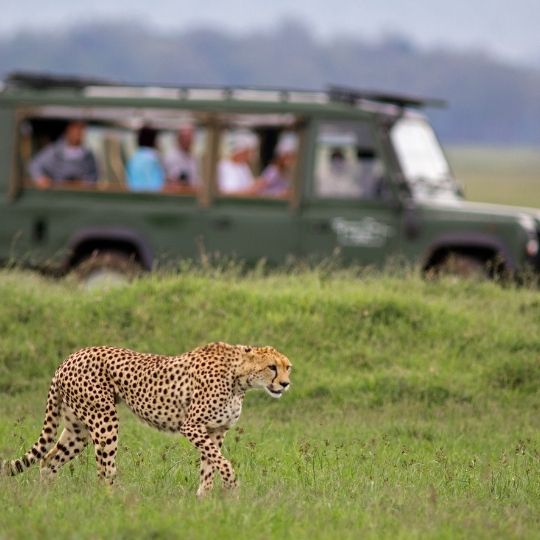
To make the most of this extraordinary opportunity on September 28th, 2024, here are some tips for Kenyan citizens planning to visit the national parks and reserves:
- Proof of Citizenship: At the park’s entrance, you must present a KENYA ID or passport to confirm your Kenyan citizenship.
- Choose Your Destination: With numerous parks and reserves offering free entry, research the unique features of each to find the best fit for your interests.
- Arrive Early: Crowded parks attract more guests than less crowded parks; therefore, plan to arrive early in the morning and spend most of your time observing the animals.
- Respect Wildlife and Safety Rules: It is also very important to remember that you are entering the natural domain of the animals. Adhere to all the park regulations to avoid offending local policy while on the park tour.
- Bring Essential Supplies: Carry drinking water, food, caps/hats/sunscreen, lotions, and clothes appropriate for a day in the field.
Top Parks and Reserves for Kenyan Citizens to Visit
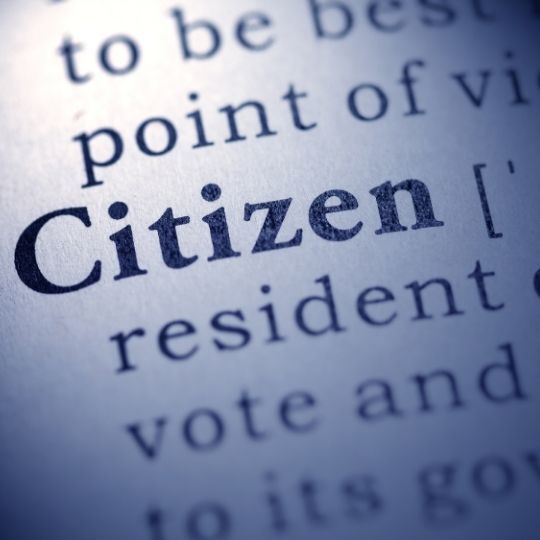
- Maasai Mara National Reserve: Famous for the Great Wildebeest Migration and big cat sightings.
- Amboseli National Park: Offers stunning views of Mount Kilimanjaro and large elephant herds.
- Tsavo East and West National Parks: Kenya’s largest protected area, known for red elephants and diverse landscapes.
- Lake Nakuru National Park: Home to flamingos, rhinos, and other diverse wildlife.
- Samburu National Reserve: Features unique northern species like the Grevy’s zebra and reticulated giraffe.
Supporting Sustainable Tourism in Kenya

The free entry initiative for Kenyan citizens is part of the country’s broader strategy to promote sustainable tourism. By encouraging domestic tourism and showcasing its natural wonders, Kenya aims to:
- Increase awareness of conservation efforts among its citizens
- Boost local economies around national parks
- Foster a sense of ownership and pride in Kenya’s natural heritage
Kenyan visitors are encouraged to support these efforts by:
- Choosing eco-friendly accommodations
- Participating in community-based tourism initiatives
- Following responsible tourism practices
Technological Advancements in Conservation
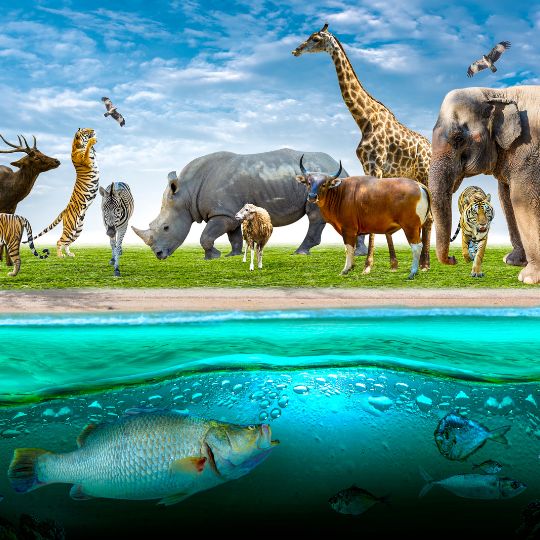
Kenya’s commitment to wildlife protection extends beyond traditional methods. CS Miano highlighted the adoption of innovative technologies in conservation efforts:
- Drone Surveillance: Helps monitor vast areas and detect potential threats to wildlife.
- Forensic Evidence: Enhances anti-poaching efforts and wildlife crime investigations.
- GPS Tracking: Allows for real-time monitoring of endangered species movements.
These technological advancements are crucial in Kenya’s wildlife management and conservation strategies.
The Future of Wildlife Conservation in Kenya
Looking ahead, Kenya continues to push boundaries in wildlife conservation. The country is at the forefront of efforts to save the northern white rhino from extinction.
Scientists at the Wildlife Research and Training Institute are working on groundbreaking techniques to create northern white rhino embryos from genetic material, hoping to implant them in southern white rhino surrogates.
This ambitious project represents Kenya’s dedication to preserving its unique biodiversity for future generations. It also highlights the country’s position as a leader in global conservation efforts.
Conclusion: A Unique Opportunity for Kenyan Citizens
Free access to national parks and reserves across Kenya on World Tourism Day, 2024, can allow Kenyan citizens to explore their country’s beauty. This endeavor is the best shot at interacting with the natural environment and conservation of this world and a way of supporting the global cause of peace through tourism.
The day could also help Kenyan citizens plan their visits, understanding that there’s more to their country than what is offered during this free day. Kenya remains a year-round best destination for unbelievable and exciting wildlife safari holidays because of its strong word and deed on wildlife conservation, natural beauty, and history.
Kenyan residents should not miss this opportunity to participate in the celebration of World Tourism Day 2024. Save the date for October 8th, and get ready for an amazing experience that will leave you with an understanding of how valuable it is to save wildlife in your native country.
For foreigners, this specific free entry day is valid only for Kenyan citizens, but many parks and reserves are available for foreign tourists to visit all year round, providing the best Kenyan safaris to all those people who want to discover this country.





